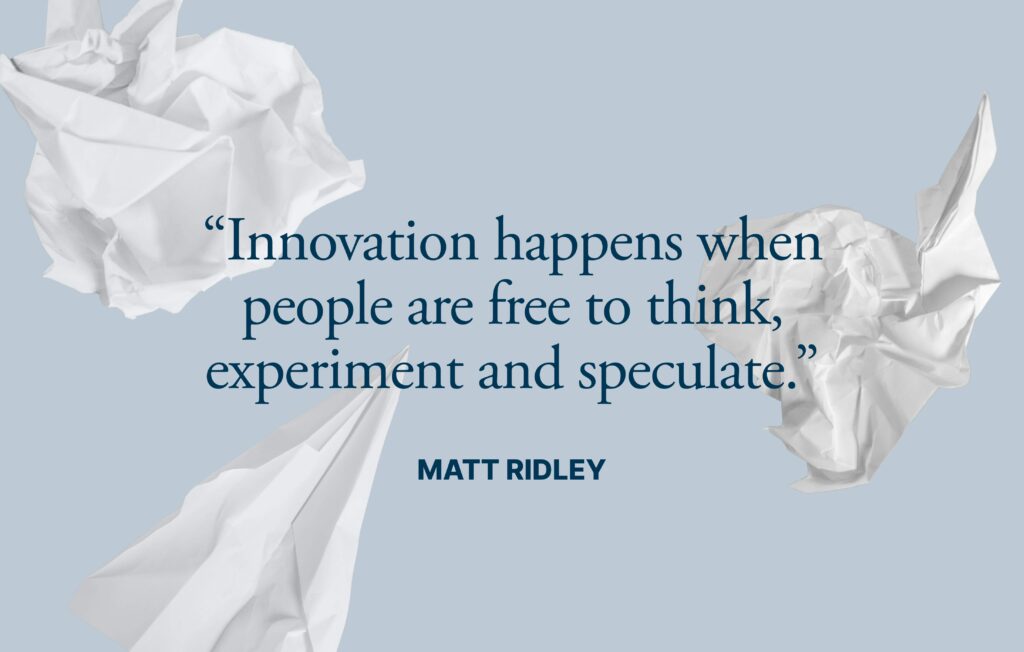Introduction: Modern Problems, Modern Minds
The planet’s stacked with issues—climate breakdown, fractured health systems, economic gaps that keep widening. None of that’s news. What’s harder to track, but just as real, is the rising tide of fixers, doers, and quiet builders reshaping the world from the ground up. Their tools might be scrappy. Their solutions might not show up on a Forbes list. But the impact? Real. Local. Scalable.
Innovation doesn’t have to look like flying cars or billion-dollar labs. Sometimes, it’s a teenager in Lagos rewriting code to make education accessible. It’s a nurse in a remote village using text messaging to cut down disease rates. The energy is shifting—from top-down tech giants to bottom-up problem solvers who know their place, their people, and what needs fixing. This is where the real stories live.
Health Care Access Reinvented
Telehealth isn’t a Silicon Valley luxury anymore—it’s becoming a lifeline, especially where hospitals are hours away. Across the globe, community-led initiatives are stepping in to make healthcare more reachable, affordable, and responsive. In places where infrastructure is thin or nonexistent, local volunteers and NGOs are pairing basic smartphones with smart logistics to close the gap.
Mobile clinics are a big part of that. Think vans packed with diagnostics tools, roaming through remote villages, supported by cloud-based apps for patient records, language translation, and symptom tracking. These setups bring essential care—maternal health checks, routine screenings, vaccinations—to people who otherwise go unheard and untreated.
One standout: rural India. A sprawling telehealth push there is quietly saving lives. Villages once reliant on a single midwife now have regular video consultations with doctors miles away. Locally trained health workers use rugged tablets and low-cost diagnostics—urine tests, blood pressure monitors, pulse oximeters—to help catch issues early. It’s not flashy. It’s not expensive. But it works.
Bottom line: when care can’t come through traditional doors, these grassroots hacks are kicking them wide open.
Climate Defense Through Local Ingenuity
When it comes to combating climate change, it’s no longer about waiting for top-down policies or billion-dollar moonshots. Cities and startups alike are getting scrappy—and smart. In urban zones worldwide, micro-solutions are popping up that might not grab headlines but are shifting the day-to-day reality. Think green roofs cooling dense neighborhoods, or community-grown urban forests reclaiming concrete lots. They’re small steps—but they add up.
Meanwhile, in places where infrastructure is thin and the grid spotty, renewable ingenuity is stepping in. Across the African continent, startups are leapfrogging traditional utilities with off-grid solar, mini-grids, and battery banks. These aren’t charity projects—they’re built to scale.
Take Nairobi’s Solar Rise Youth Collective. With a shoestring budget and guts, they deployed modular solar kits that now power over 10,000 homes across informal settlements. No middlemen, no red tape—the team trained locals to install and maintain the systems themselves. That’s low-cost innovation designed for high impact.
What connects all these efforts is a mindset: disruptive thinking tuned to local needs. These aren’t imported blueprints—they’re born from context, run lean, and operate on trust. In 2024, forward motion in the climate fight is less about noise and more about precision.
Education That Actually Reaches Everyone
Rethinking the Traditional Model
Global education is undergoing a quiet, powerful shift. Rather than relying solely on conventional classrooms or university systems, innovators are leveraging technology and community to create flexible, effective alternatives. These models prioritize access, adaptability, and real-world skills.
Key trends leading the change:
- Ed-tech platforms offering low-bandwidth, mobile-optimized learning
- Peer-to-peer teaching networks that build community and confidence
- Modular learning paths tailored to local context and learner goals
Bridging the Urban-Rural Divide
One of the biggest barriers in global education is the urban-rural access gap. Infrastructure limitations, lack of trained teachers, and language barriers often leave rural learners at a disadvantage. Enter virtual learning models custom-built for low-connectivity environments and adaptable in real time.
Strategies making a difference:
- Community Wi-Fi hubs enabling group streaming and access
- Localized content in regional languages and dialects
- Offline-first apps that sync when bandwidth is available
Case Study: Learning Under the Radar in Afghanistan
Amid political instability and limited access to formal education, a network of underground coding schools has changed the course of young women’s lives in Afghanistan. These initiatives—often run covertly—use discreet digital channels, virtual mentors, and downloadable curricula to teach software development, cybersecurity, and design.
Why it works:
- Peer-to-peer support creates a sense of safety and solidarity
- Female-led instruction models empower learners directly
- Global tech communities provide job connections and mentorship
Beyond Access: Toward Equity
What started as a workaround is now influencing how we define successful education models. These grassroots, tech-enabled formats prove that equitable education is possible when local context and innovation meet.
Implications for the future:
- Governments and NGOs are now studying these models for larger-scale replication
- Equity isn’t just about getting everyone online—it’s about making learning relevant, safe, and empowering
- Innovation in education doesn’t need to be expensive—it needs to be human-centered
Food Security Gets Smart
When it comes to fixing food insecurity, flashy tech isn’t the point—efficient, accessible systems are. That’s why vertical farming and hydroponics are rising in urban food deserts. They don’t need acres of soil or sprawling fields—just empty rooftops, warehouses, or shipping containers. The result? Fresh produce grown blocks away from the people who need it most, often managed by the communities themselves.
But growing food locally is only half the strategy. The other half is stopping it from going to waste. AI-driven redistribution platforms are stepping in with real-time logistics—connecting surplus food from grocery chains and restaurants to local shelters and meal programs. It’s targeted, timely, and reducing both hunger and landfill waste.
Now take Argentina’s example. A community-built app there has helped feed over 40,000 families annually by matching nearby food donors with local food banks and volunteers running the last-mile deliveries. It didn’t take millions in funding. It took collaboration, purpose, and a willingness to rethink old systems.
Bottom line: Tech’s doing its part, but it’s the grassroots, human-first mindset that’s making impact stick.
Meaningful Work Through New Lenses
Rethinking What Work Means
The modern workforce isn’t just chasing stable paychecks anymore. Across sectors and geographies, people are prioritizing meaning, flexibility, and values—over tradition and titles. This fundamental shift is influencing economic models, workforce development programs, and entrepreneurial initiatives worldwide.
Key trends driving this shift:
- A growing emphasis on purpose-driven careers
- Increased mobility and remote opportunities
- Demand for skills that support long-term adaptability
Digital Upskilling for Displaced Populations
For refugees and displaced individuals, digital upskilling is opening life-changing paths to employment—often faster and more flexibly than traditional systems allow. These programs are bridging talent gaps and bringing untapped potential online.
Examples include:
- Coding bootcamps tailored for refugees
- Remote mentorship and job placement programs
- Partnerships between NGOs and tech companies to build digital literacy
This approach is not just about access—it’s about creating agency through employability.
From Coal Mines to Drone Hubs
A compelling success story comes from Appalachia, where former coal miners—left jobless by the region’s shifting energy landscape—were trained to operate drones for industries like agriculture, surveying, and disaster response.
Why this matters:
- It shows that meaningful work doesn’t require relocation or erasure of identity
- It represents a bridge between legacy skills and future technologies
- Retraining leverages existing strengths while adapting to new realities
Reinventing Economies, Not Just Jobs
The broader trend here is about community-centered economic reinvention:
- Investing in people—not just infrastructure
- Aligning emerging industries with regional histories and skills
- Encouraging work that sustains dignity, purpose, and independence
This isn’t just about employment. It’s about evolution—without leaving people behind.
The Power Behind These Successes
Look closely at the most effective solutions to today’s global challenges, and a few unmistakable patterns emerge. First, the best ideas are built to fit their environments. Whether it’s urban farming in tightly packed cities or mobile health care in rural regions, local relevance wins. These aren’t one-size-fits-all fixes—they’re plug-and-play to the terrain, the culture, the need.
Scalability is the next big piece. The strongest concepts don’t just work once—they replicate. Think modular solar kits that light one home, then entire villages. Think digital learning platforms that start in one community and spread across borders. It’s about designs flexible enough to grow without losing their mission.
Then there’s sustainability—in the full sense of the word. Not just eco-friendly, but economically and socially viable over time. Many of these efforts run on low budgets and high creativity. They make do with what’s on hand, hack together tools, and cut out unnecessary overhead. They prove that solving big problems doesn’t always require big money.
And driving it all? Partnerships. NGOs bring local knowledge. Startups bring the speed and vision. Citizen movements bring heart and urgency. When these forces link up, the result isn’t just innovation—it’s impact with staying power.
Final Thoughts: The Innovators Among Us
Innovation isn’t locked behind the gates of Silicon Valley. It’s showing up in township schools, mountain villages, and inner-city gardens. The tools vary—sometimes it’s an app, sometimes it’s a chalkboard and raw determination—but the impact is real. The stories in this piece have one thing in common: people didn’t wait for permission or perfect conditions. They built forward with what they had.
The challenges we face aren’t going anywhere. Climate stress, inequality, and health disparities will stretch us for decades. But creativity? That scales. One smart local idea—replicable, affordable, driven by need—can ripple out fast.
If you want a closer look at the human spirit in action, check out Exploring Human Interest Stories That Captivate the World. Real change doesn’t always go viral—but it does move us forward.


